If you’ve been thinking about how you will teach the Civil Rights Movement to your upper elementary students, this blog post is for you!
One big topic on the minds of educators is how and when to teach the Civil Rights Movement in school.
As our nation grapples with a whole new series of protests and outraged citizens, it is important we teach the history of what took place in the United States from the mid-fifties to the late sixties.
Much of the time, our textbooks do not include enough information about the Civil Rights Movement, so it is often necessary to supplement district-sponsored curriculum by using resources from organizations, like Teaching Tolerance and Civil Rights Teaching.
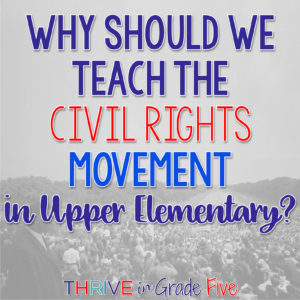
Why should we teach the Civil Rights Movement in Upper Elementary?
Recent events in our nation have set off a series of protests, both peaceful and violent, across the United States.
Upper elementary students should know about the Civil Rights Movement because it still impacts the lives of Americans today – Americans of all colors, shapes, and sizes.
The Civil Rights Movement was the precursor of the modern Black Lives Matter campaign whose heartbeat is felt in every major American city today.
Students must know about the Civil Rights Movement because it is ingrained in the history of our country.
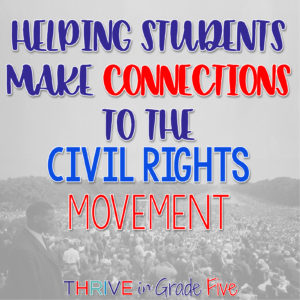
Helping Students Make Connections to the Civil Rights Movement
There are countless connections to be made between the Civil Rights Movement and other aspects of U.S. history.
For example, we can connect the Civil Rights Movement with our government’s historic treatment of Native Americans, the tragedy of slavery, women’s suffrage, and so much more.
If you know where to look, you can find an abundance of primary source photographs and texts from the Civil Rights Movement.
However, I will caution you to be careful with the photographs and texts that you use because there are some terribly graphic photographs out there. Yes, these horrible things happened, but we’re teaching upper elementary, so there are some images that are not at all appropriate to be shared with our students.
Definitely check out this great article from My Modern Met on Ruby Bridges. I recommend showing the video of President Obama talking to Ruby Bridges. It’s a little over a minute long and features Ruby herself talking about her real-life experience.
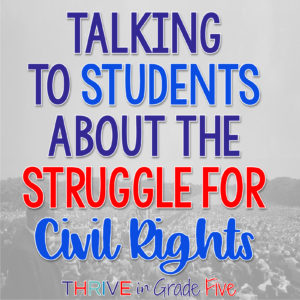
Talking to Students About the Struggle for Civil Rights
Before diving into the events of the Civil Rights Movement, I talk to students about the need for Civil Rights legislation in the United States.
We’ve already talked about Colonial America and the American Revolution, so students are familiar with the treatment of the enslaved in the 18th Century. They are also familiar with the Emancipation Proclamation and abolition at the end of the Civil War.
Sure, slavery officially ended in the 1860s but one hundred years later, though, conditions were not much better for black citizens in the United States. Segregation and discrimination were rampant, painful, and in many cases, brutal.
To say the transition from slavery to freedom was difficult is a colossal understatement.
Jim Crow Laws were rampant, continually restricting the freedom of African Americans.
It wasn’t until the 1960’s Civil Rights Movement that African Americans gained freedoms that they could truly enjoy.
Keep in mind that there are thousands of stories and events from the Civil Rights Movement, but in my classroom, we discuss the following events/topics in this order:
Overview of the Civil Rights Movement
Why? I kick off our study of the Civil Rights Movement by giving students a wide overview of the entire Civil Rights Movement and providing some background on the need for social change.
Recommended supplemental book:
If You Were a Kid During the Civil Rights Movement by Gwendolyn Hooks – This book does a great job introducing the Civil Rights Movement. The story includes a realistic fiction story line AND historically-accurate information with photographs.
Brown v. Board of Education
What happened? This Supreme Court decision was groundbreaking in the fight to integrate schools. The idea of ‘separate but equal’ was finally removed from the American narrative.
Recommended supplemental book:
Separate Is Never Equal: Sylvia Mendez and Her Family’s Fight for Desegregation by Duncan Tonatiuh – This engaging, award-winning read-aloud book is set before the Brown v. Board of Education decision but this story will help you and your students make valuable connections.
Montgomery Bus Boycott
What happened?
Rosa Parks sparked a tremendous, historic boycott in Montgomery, Alabama involving thousands of African American citizens. In the end, segregation on city buses was outlawed.
Recommended supplemental books:
Pies from Nowhere: How Georgia Gilmore Sustained the Montgomery Bus Boycott by Dee Romito – I LOVE this book! Rosa Parks is always the largest figure in the Montgomery Bus Boycott but there were so many other unsung heroes involved in the boycott. I highly recommend this beautifully-illustrated, powerful book for you and your students.
The Montgomery Bus Boycott: A Primary Source Exploration of the Protest for Equal Treatment by Allison Elizabeth Crotzer Kimmel – This book is full of primary source references and photographs. There are some sensitive images, like burning crosses, so instead of placing this book in my classroom library for all students to access, I display the parts of the book I want to use on my classroom technology board.
Rosa by Nikki Giovanni – This read-aloud book tells Rosa Parks’ story in a thought-provoking way.
The Little Rock Nine
What happened? During the Civil Rights Movement, nine courageous African American students integrated Central High School in Little Rock, Arkansas.
Recommended supplemental resource:
Little Rock Nine Bulletin – I like to use this short resource from the National Park Service because of the biographies on the back page. Students enjoy reading about the amazing things that the Little Rock Nine went on to accomplish after high school.
The Greensboro Four
What happened? Four African American college freshmen sparked a peaceful sit-in movement when they sat down at a Woolworth’s lunch counter and refused to leave without service.
Recommended supplemental books:
Sit-In: How Four Friends Stood Up By Sitting Down by Andrea Davis Pinkney – This book focuses on the peaceful sit-in movement sparked by the four college students known as the Greensboro Four. This is a great read-aloud for upper elementary students!
Freedom on the Menu: The Greensboro Sit-Ins by Carole Boston Weatherford – This engaging read-aloud picture book is told from the point of view of a young African American girl.
New Orleans School Integration
What happened? Integrating public schools in New Orleans was a long, difficult struggle. I teach my students about the four brave African American first grade girls, including Ruby Bridges, who integrated previously all-white elementary schools under the protection of U.S. Marshals.
Recommended supplemental books:
The Story of Ruby Bridges by Robert Coles – This short read-aloud tells the story of Ruby Bridges’ bravery.
Through My Eyes by Ruby Bridges – This book is longer but full of information and primary source images. I love that Ruby Bridges is telling the story from her point of view.
Freedom Riders
What happened? Freedom Riders were black and white activists who rode interstate buses in defiance of the laws that continued to enforce illegal segregation.
Birmingham Demonstrations
What happened? The Birmingham Demonstrations were a planned series of protests against segregation in Birmingham, Alabama.
Recommended supplemental books:
Let the Children March by Monica Clark-Robinson – This is a beautiful read-aloud book told from the perspective of a child during the Birmingham Campaign.
We’ve Got a Job: The 1963 Birmingham Children’s March by Cynthia Levinson – This book is longer and would be a great reference book for upper elementary students because there are many primary source photos and quotes.
March on Washington
What happened? The March on Washington is one of the highlights of the Civil Rights Movement. Students enjoy learning about this massive peaceful protest and listening to Dr. King’s I Have a Dream speech.
Recommended supplemental books:
I Have a Dream (Book & CD) Illustrated by Kadir Nelson – This book uses excerpts of Dr. King’s iconic speech and includes gorgeous illustrations to bring Dr. King’s words to life. The CD is a wonderful addition to the book.
What Was the March on Washington? by Kathleen Krull – This book is longer, more like a chapter book, but it provides students with great information and a variety of primary source photographs.
Civil Rights Act (1964)
What happened? The Civil Rights Act provided large-scale national changes to voting requirements, segregation, and access to public facilities.
Recommended supplemental book:
Freedom Summer by Deborah Wiles – This award-winning read-aloud picture book tells the story of two young best friends, one black and one white, who experience the pain of segregation firsthand. This book is great to read after learning about the passage of the Civil Rights Act (1964).
Selma-Montgomery March
What happened? The Selma-Montgomery March was organized to bring attention to the lack of full voting rights for African Americans.
Recommended supplemental book and resource:
The Teachers March! by Sandra Neil Wallace and Rich Wallace – This beautifully-illustrated book adds a new dimension to the Selma-Montgomery Marches. The story introduces and talks about the march of Selma’s teachers.
How Long, Not Long Speech – This speech by Dr. King is very powerful. If you want to pull some excerpts of this speech for students, I recommend visiting this page on the Martin Luther King, Jr. Research and Education Institute site from Stanford University. Also, if you search “How Long, Not Long Speech” on YouTube, you can hear Dr. King’s voice as he’s delivering the speech. Hearing Dr. King’s voice is so powerful!
Assassination of Dr. Martin Luther King, Jr.
What happened? Tragically, Dr. Martin Luther King, Jr. was assassinated in Memphis, Tennessee at 39 years of age.
Recommended supplemental book:
Martin’s Big Words: The Life of Dr. Martin Luther King, Jr. – This award-winning, beautifully illustrated read-aloud book is simple but also profound. While teaching about Dr. King’s assassination, I don’t want to focus on his death. Instead, I focus on the enormous impact that Dr. King had (and still has) on our nation.
Additional Books Related to the Civil Rights Movement that I LOVE:
Chicken Sunday by Patricia Polacco – This book is absolutely precious. It is not directly related to the Civil Rights Movement but the story incorporates people of many different cultures having relationships and working through misunderstandings.
All Because You Matter by Tami Charles – This relatively new book (published in 2020) is stunningly beautiful and is a perfect read-aloud for upper elementary students. The author of this book incorporates history with our present time to help children understand that their lives matter and they have always mattered.
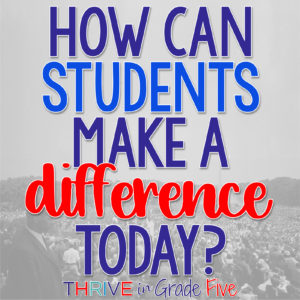
How can students make a difference today?
Teaching students to become UPstanders instead of bystanders is not exactly a historic part of the Civil Rights Movement but I think this is an important topic to include at the conclusion of any Civil Rights Movement study.
I created an entire blog post to help teachers guide their students toward becoming UPstanders. Check it out here: Encouraging Students to Become “UP”standers!
There are many ways for students to make an impact on racial equality today.
One way is by being inclusive to everyone at school or on the job, regardless of their gender, culture, or religious beliefs.
It is evident that discrimination doesn’t only occur between white and black individuals.
Another way to make a difference is to stand up for those facing unequal treatment.
Dr. Martin Luther King, Jr., said, “Injustice anywhere is a threat to justice everywhere.”
Speaking out is sometimes all that’s needed to call attention to injustice and get things moving in the right direction.
Students can make a difference by educating themselves about the struggles of others through books, documentaries, or community opportunities.
As educators, we must be diligent in moving our country forward toward equality for all.
With my students, I share a 1986 quote by Holocaust Survivor, Elie Wiesel. “We must always take sides. Neutrality helps the oppressor, never the victim. Silence encourages the tormentor, never the tormented.”
UPstander Resources:
Becoming an UPstander – Article from Together Against Bullying
UPstand – A website dedicated to building UPstanders
If you are looking for a comprehensive, ready-to-use unit on the Civil Rights Movement for 5th grade and/or 6th grade students, I recommend the one linked below. This unit is available in both printable format AND Google Slides format!
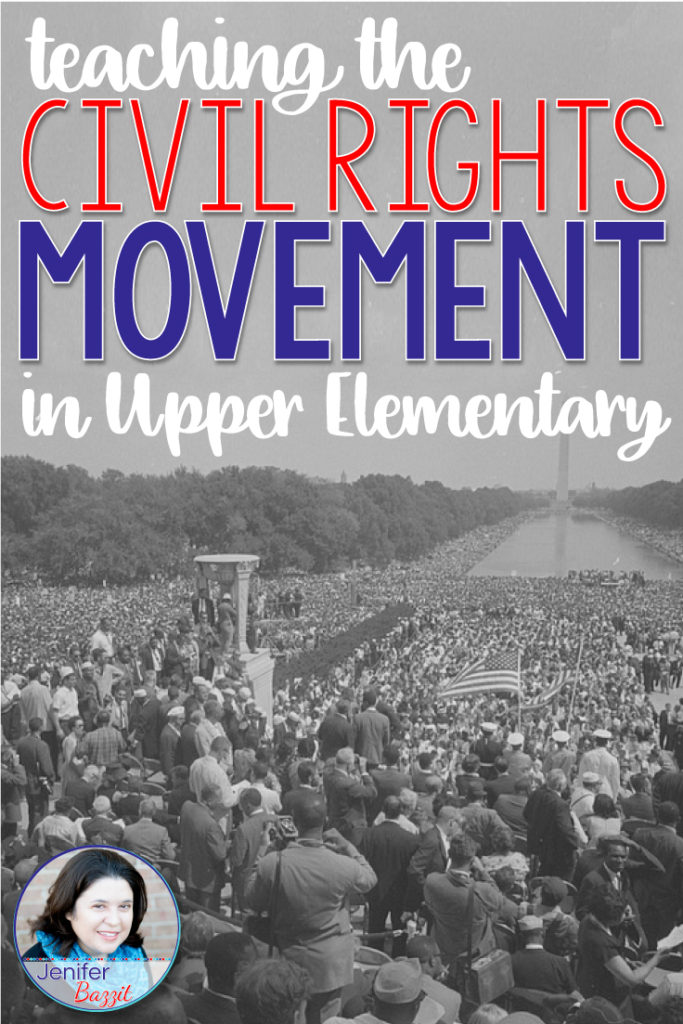
If you’d like to keep this blog post for later, simply save this image to your teacher Pinterest board!
* Please note that Thrive in Grade Five (Jenifer Bazzit) is a participant in the Amazon Services LLC Associates Program, an affiliate advertising program designed to provide a means for sites to earn advertising fees by advertising and linking to amazon.com. *
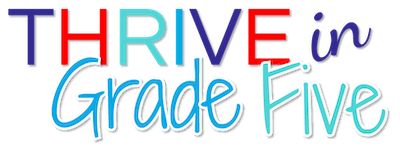
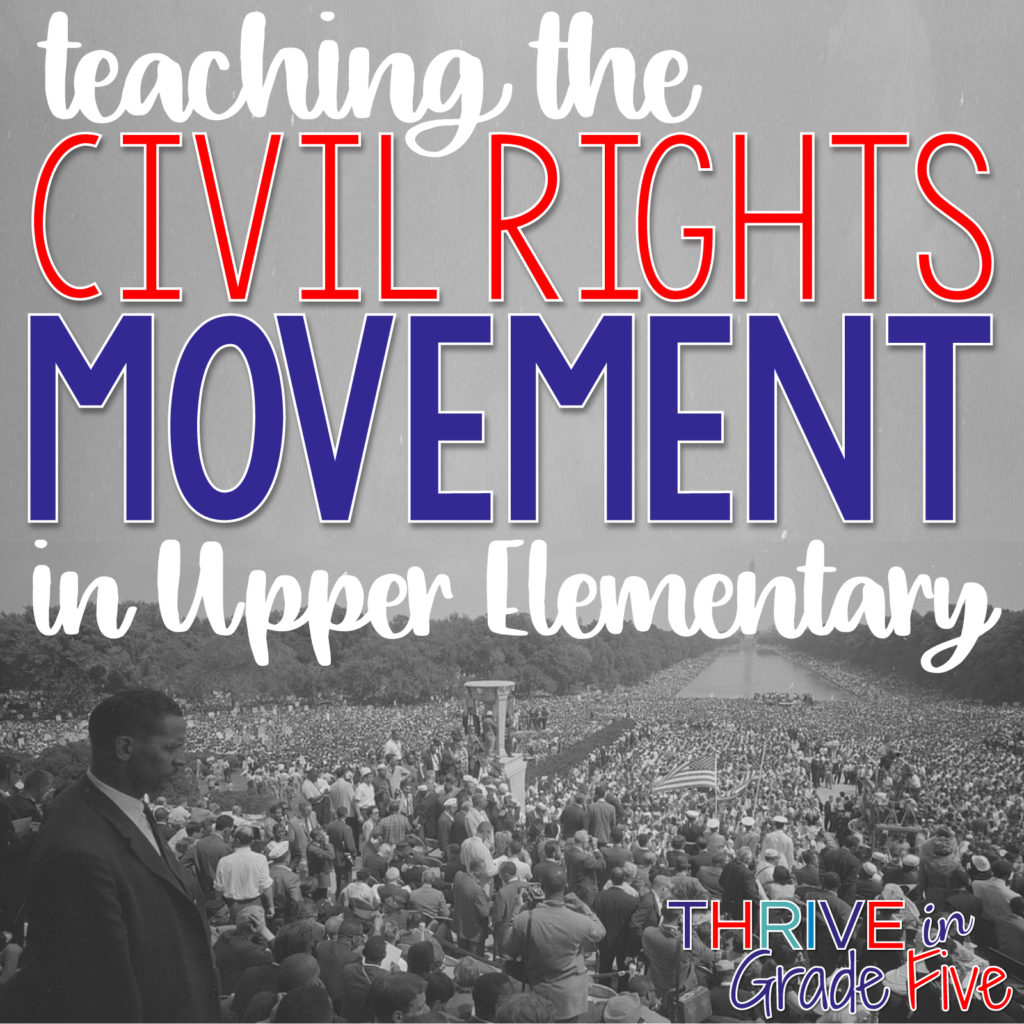
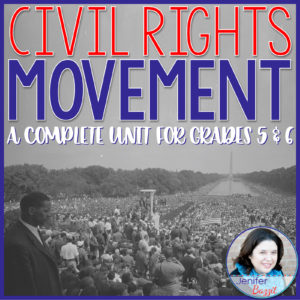
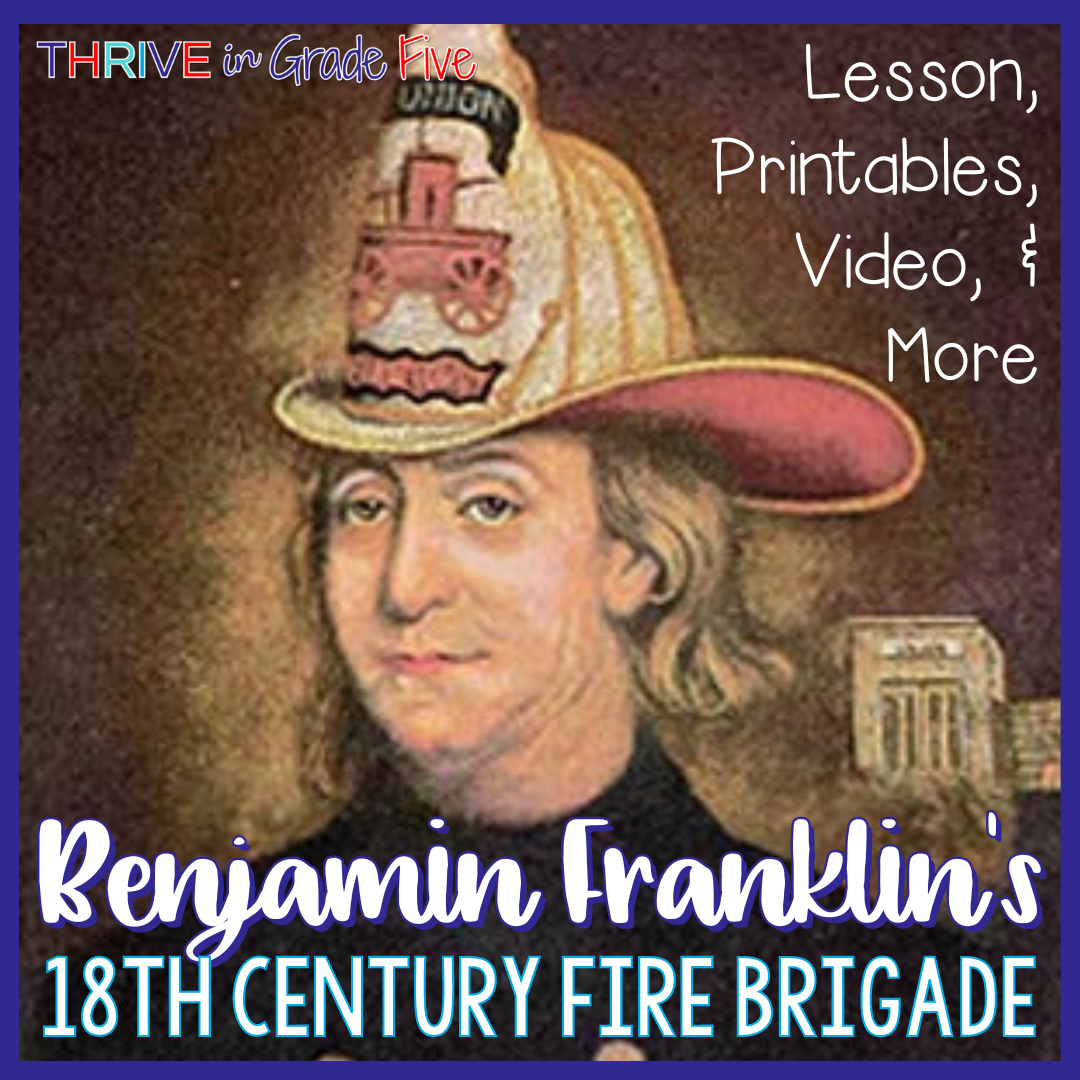

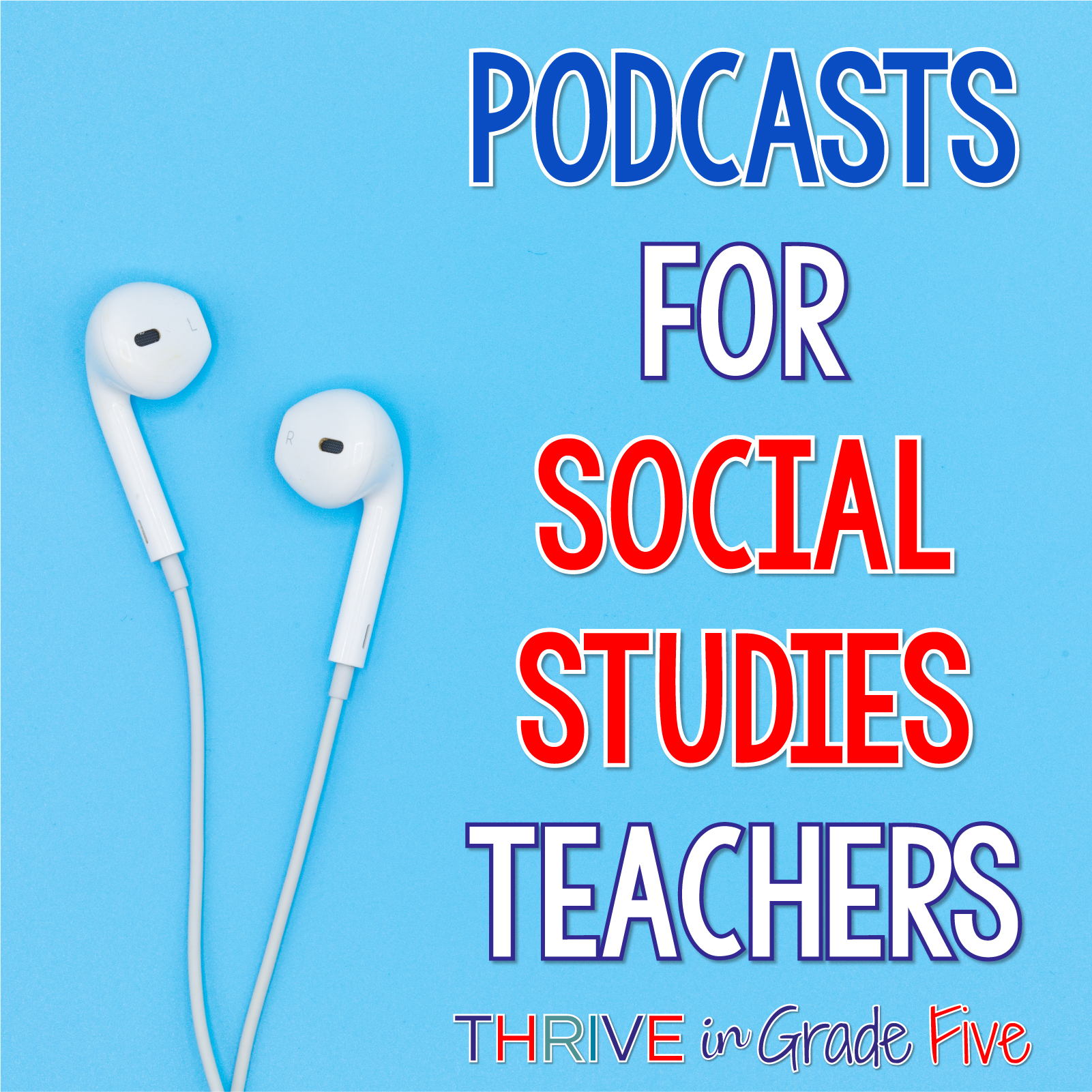

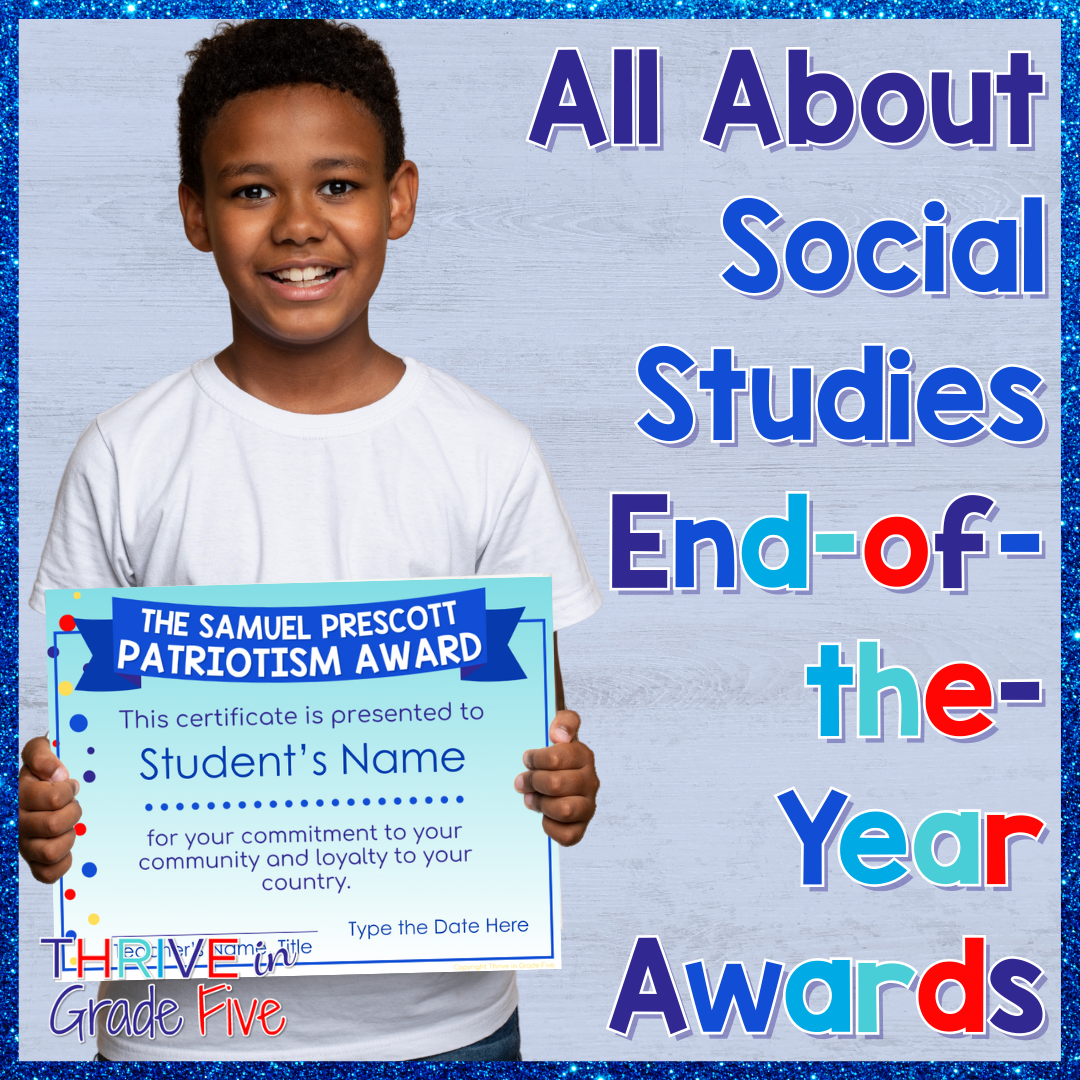
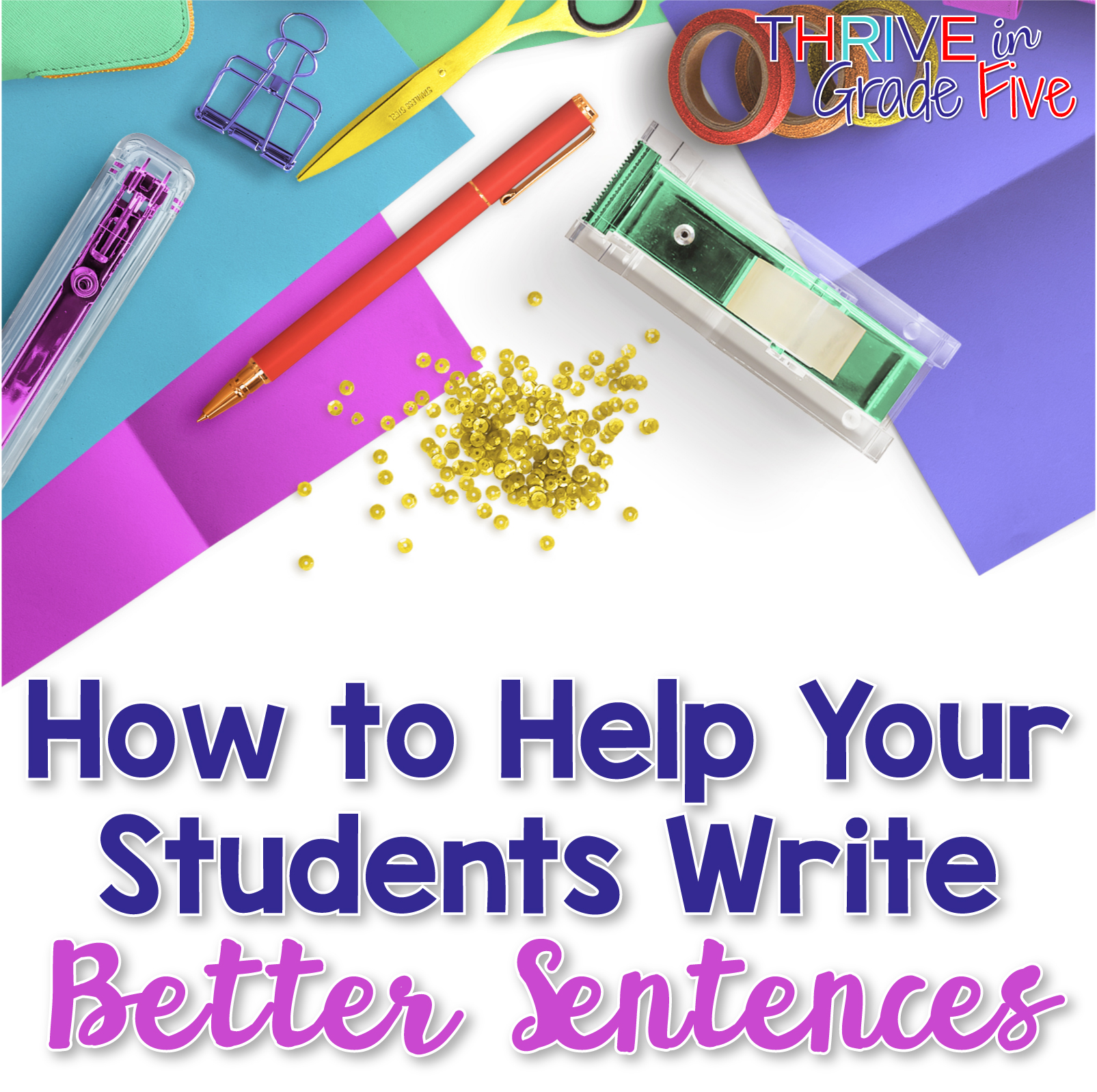
2 Comments
Thank you so, so, so much for this information/resources! I’m trying to plan a few days to dedicate to this topic (it’s not on our pacing guide – gasp!). I really appreciate you!
Of course, Nancye! I am so glad this information was helpful to you!